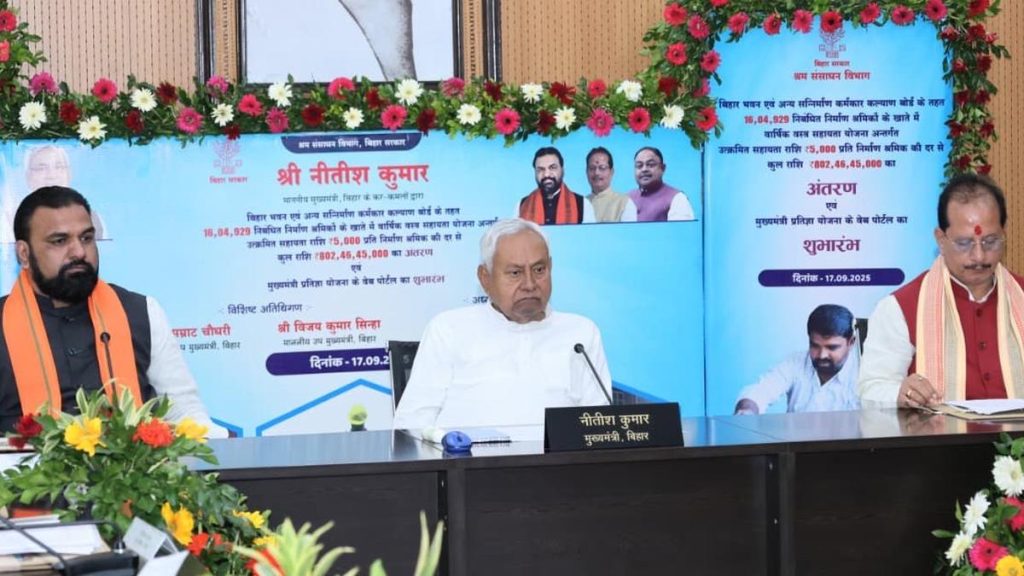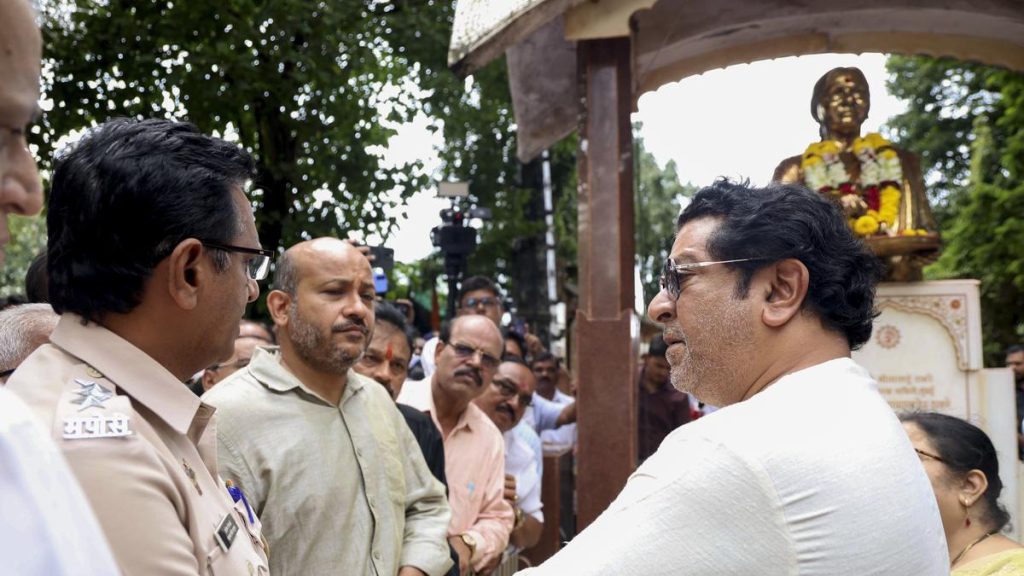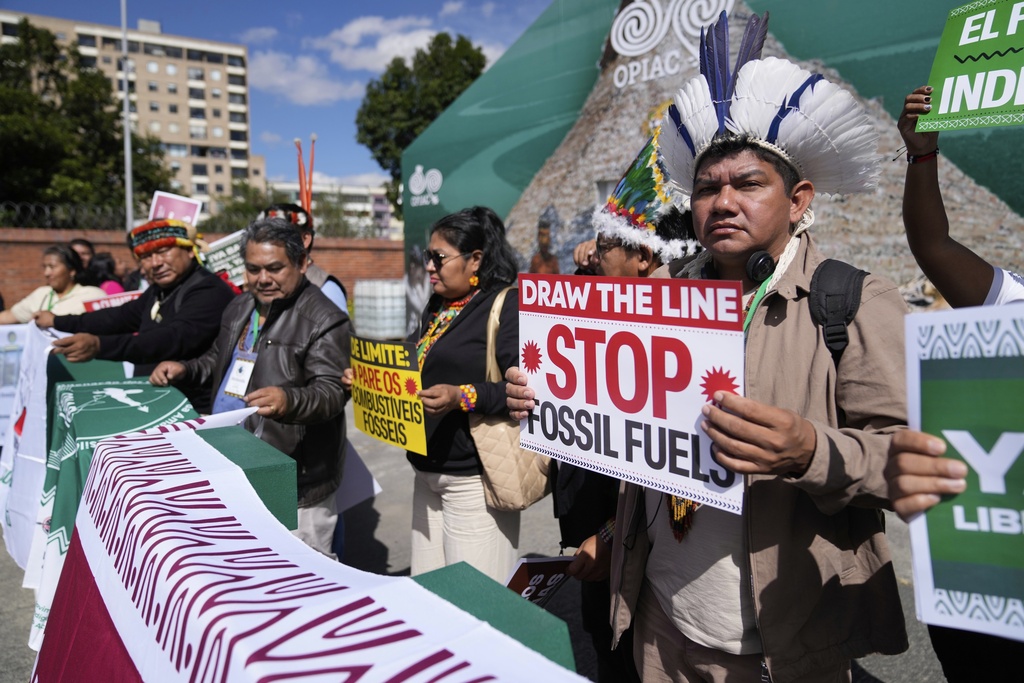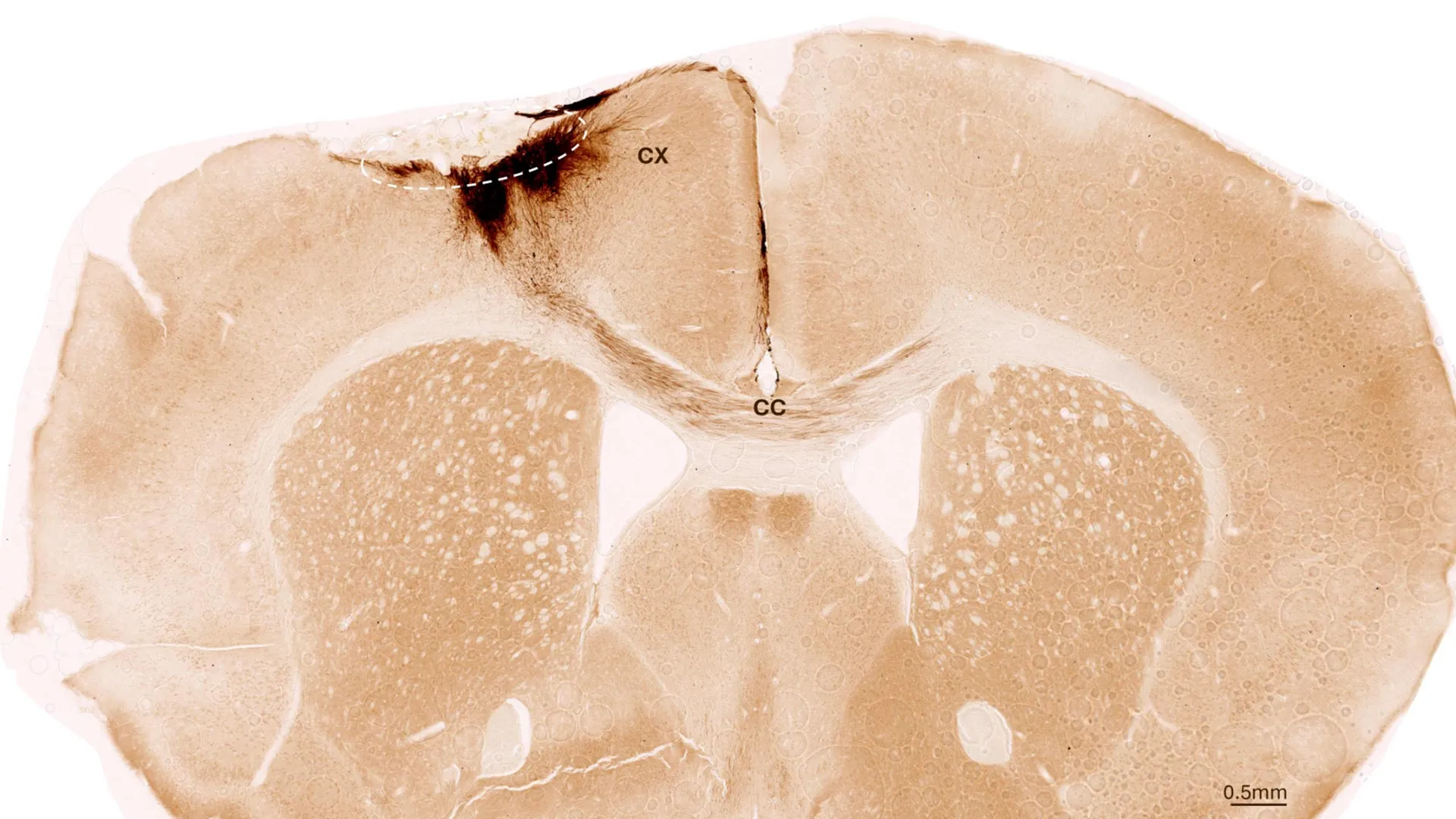Now Reading: This new machine churns out carbon-storing biochar on the cheap
-
01
This new machine churns out carbon-storing biochar on the cheap
This new machine churns out carbon-storing biochar on the cheap
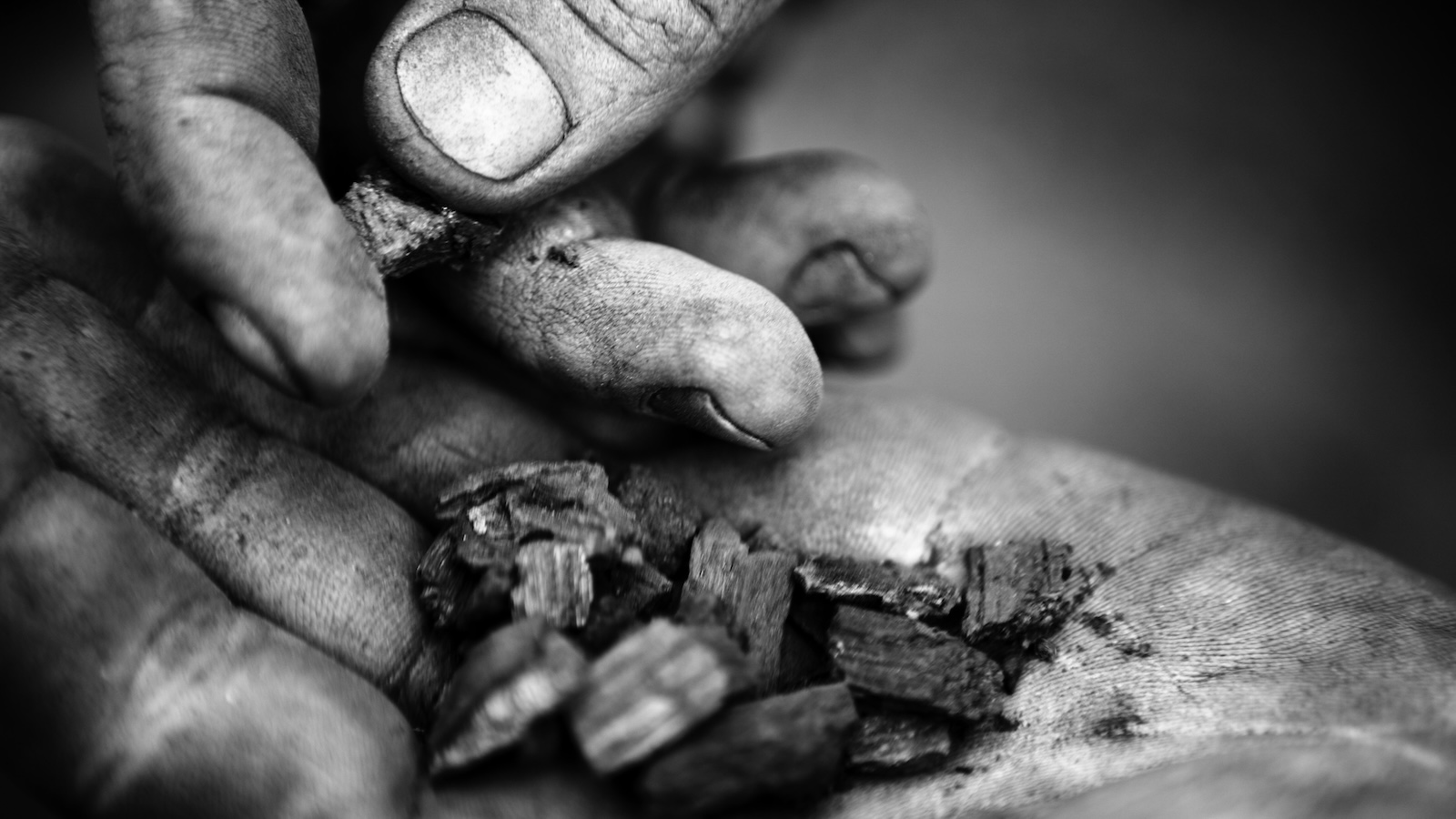
The food that makes it to your plate is but a fraction of what actually grew in a field somewhere. Cassava, corn, wheat, rice — all critical crops produce waste biomass that farmers might be burning or throwing into piles to rot, both of which send planet-warming carbon into the atmosphere. Increasingly, though, they are turning all those husks and stalks into biochar that captures carbon and improves yields.
This material is a simple, clever way to catalyze photosynthesis. As plants grow, they suck CO2 out of the air, but that carbon returns to the sky when they die and decompose. Heat those dead plants in a low oxygen environment, though, and they turn to concentrated, crumbly carbon that’s a magnet for nutrients. Workers “charge” this biochar by soaking it in manure or other fertilizers, then farmers add it to their fields. (They can even infuse it with mycorrhizal fungi, which helps plants proliferate and captures still more carbon. Beneficial microbes love growing in the rough structure of charred material.) Research has found that this can significantly boost the growth of crops and help soils retain water.
The trick is creating the right conditions to produce quality biochar without combusting and destroying the biomass. To that end, the worker cooperative PlantVillage+ is deploying an automated “PyroTower” in communities in the developing world, a solar-powered furnace that blasts waste with temperatures of over 1,000 degrees Fahrenheit. During an eight-hour run, the device can generate nearly 2,000 pounds of biochar for locals to put back in the ground. It takes about two hours to assemble and disassemble to move from one place to another.
“For us, it was keeping it as simple as possible and as manageable as possible,” said Sheldon Indanya, who owns Indan Engineering Solutions Ltd. in Kenya and engineered the PyroTower. “The whole concept as we started designing was that this is a machine that will be deployed in very rugged areas where availability of resources, let’s say electricity and such stuff, won’t be available.”
The PyroTower is relatively cheap to set up and run, too, at a cost of around $15,000 — 100 times cheaper than industrial production. Because PlantVillage+ is a cooperative, members vote on how the program should operate. “Workers own the means of production,” said David Hughes, a professor at Penn State and founder of the organization. “So they own all of the assets in the organization, and we vote. The mission of PlantVillage+ is to eradicate poverty and reverse climate change.”

Photo by Dries Roobroeck
The PyroTower is an investment that should pay dividends over time. Whereas offsetting emissions by paying to plant trees is somewhat precarious because those forests can be lost to wildfires, biochar is more durable — it can persist in soil for millennia. Biochar is also more easily quantifiable than a forest, because PlantVillage+ knows how much carbon is being stored based on the weight of what’s produced. Individuals and corporations can pay for its production through a subscription, so operators make money both locally and internationally. Because this is a cooperative, 95 percent of the money goes to workers. “That, together with the biochar, starts to bring in revenue,” said Dries Roobroeck, owner and CEO of AgCinX, which helped develop the PyroTower.
In contrast to other carbon removal technologies like direct air capture, in which facilities suck CO2 out of the air at a significant cost, biochar has the potential to simultaneously improve the livelihoods of small-holder farmers while sequestering loads of carbon on the cheap. “Africa has natural abilities to be the world’s carbon factory,” Hughes said. “There is a lot of water, if you can hold onto it. You have water plus sunshine — photosynthesis — you can just grow a lot. And our thesis is that you can increase food productivity, creating lots of jobs.”
Some soils benefit more from biochar than others, though. Already-fertile dirt, for example, might not need the nutritional boost. And soils rich in clay already hold onto water well.
But fast-draining sandy ground can benefit enormously, said Sanjai Parikh, a soil chemist at the University of California, Davis, who wasn’t involved in the PyroTower project. Tropical soils — which are “weathered,” having lost nutrients over time — also get a major boost from biochar. Indeed, thousands of years ago, the Indigenous peoples of the Amazon added table craps and charcoal to the Earth to create terra preta, a highly productive soil. “If you add in something like biochar, it will benefit those highly weathered soils, because it now has something that can hold those nutrients,” Parikh said. “So that’s really where biochar comes in best, is in tropical soil.”
Even if it’s not dramatically improving soil, biochar has serious potential as a negative-emissions technology. Startups are exploring how they might bury biochar, essentially putting coal back in the ground. Otherwise, crop dregs left to rot or burn will remain a major contributor to climate change. “Biomass is an enormous problem, and there have to be good ways to dispose of that,” Parikh said. “If we’re talking just climate change mitigation, maybe just burying big piles of biochar is the way to go.”



